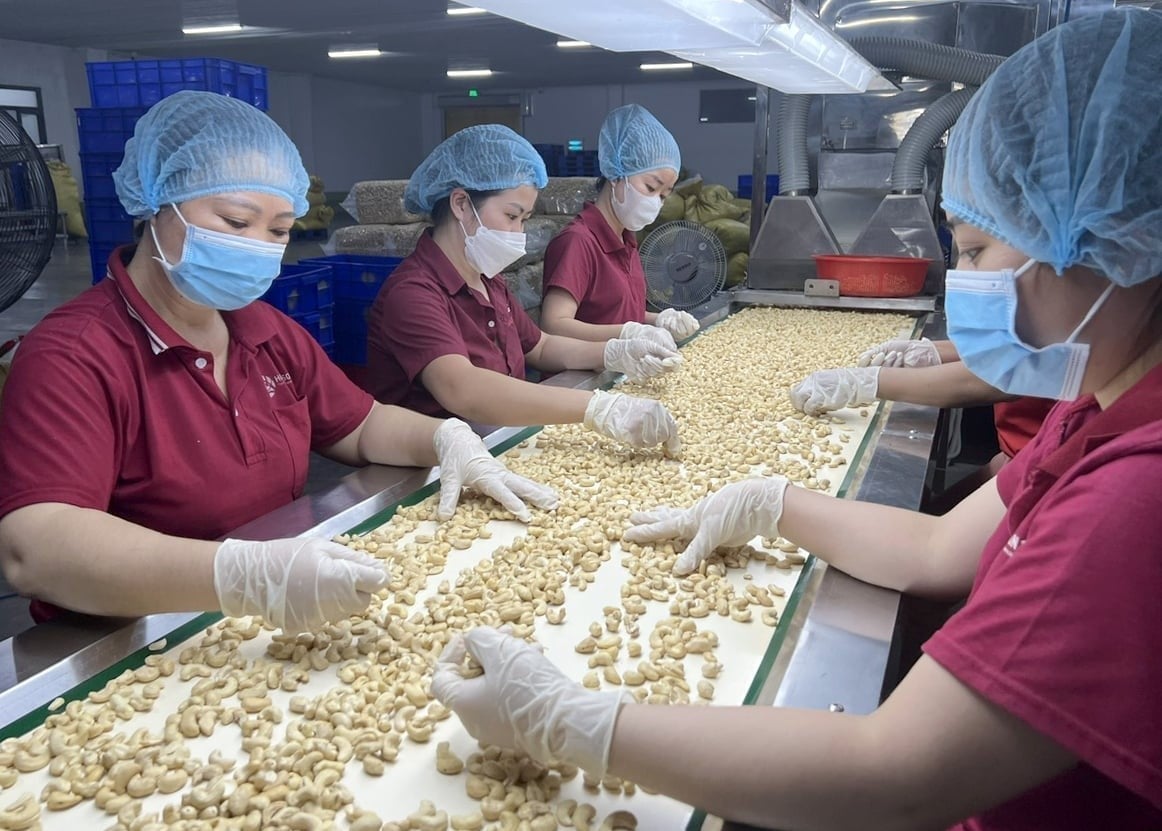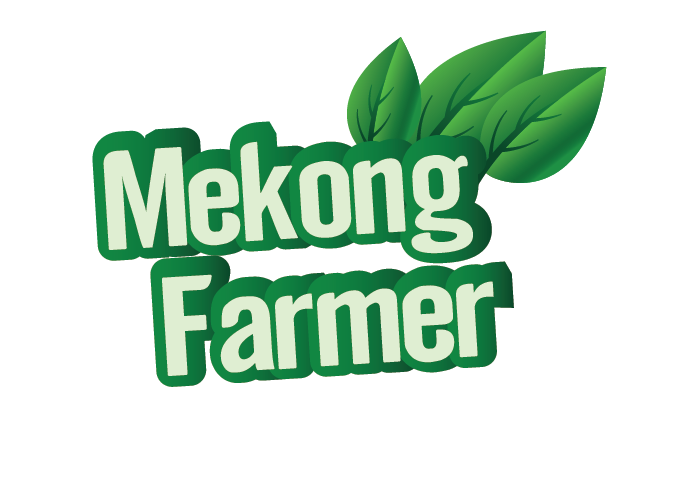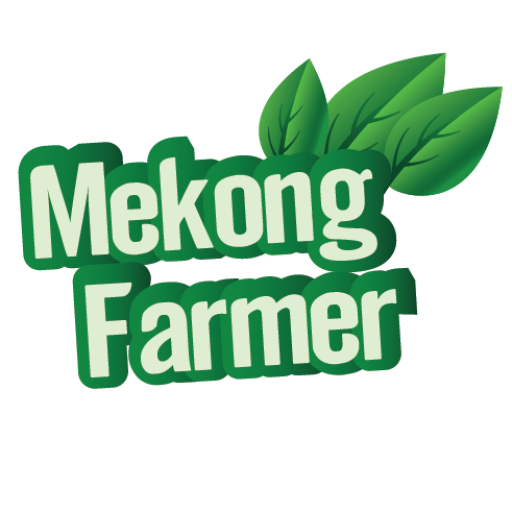(VAN) After five years of enforcement, the EVFTA has driven Vietnam-EU trade to nearly USD 300 billion, opening up new opportunities for Vietnam to export green agricultural products to this market.
After five years of implementing the EU–Vietnam Free Trade Agreement (EVFTA), bilateral trade has reached USD 298 billion, creating substantial room for Vietnamese agricultural products to enter the European market, where quality standards and environmental requirements are becoming increasingly stringent.

Workers sort cashew nuts at a processing plant for export to the European market. Photo: Son Trang.
According to a report by the European Chamber of Commerce in Vietnam (EuroCham), the EVFTA, which took effect on August 1, 2020, has brought positive changes in the flow of bilateral trade. With over 70% of tariff lines eliminated immediately and 99% scheduled for reduction, the agreement has acted as a “catalyst” in expanding market access for goods from both sides, particularly Vietnamese agricultural and food products.
The EU is currently Vietnam’s third-largest export market. In addition to key export items such as electronics, textiles, and wooden furniture, agricultural and food products have been gaining a more distinct position. Vietnamese rice, coffee, cashew nuts, fruits, and seafood are favored by European consumers thanks to their quality and ability to meet traceability and food safety requirements.
However, Mr. Bruno Jaspaert, Chairman of EuroCham, stated that to sustainably increase export value, Vietnamese agricultural enterprises need to accelerate their green transition. This includes optimizing farming procedures, ensuring supply chain transparency, applying emission-reducing technologies, and achieving international certifications such as GlobalGAP, Organic EU, Halal, or ESG. These are “mandatory” conditions for Vietnamese agricultural products to maintain and expand their market share in this demanding market.
“The EVFTA is not only a tariff agreement, but it is also a gateway connecting Vietnamese enterprises with the high-standard, transparent, and sustainable market. Agricultural technology from the EU is strongly supporting Vietnam in enhancing quality, productivity, and traceability, which are critical factors for today’s export competitiveness,” said Mr. Bruno Jaspaert.
The report also indicates that small and medium-sized enterprises (SMEs) in the agriculture sector are actively taking advantage of EVFTA incentives. The proportion of businesses identifying tariff reductions as a “key advantage” has doubled in just one year, from 29% to 61%. Many companies have reported increased profits by effectively leveraging tax incentives and expanding their reach in the EU market.
Beyond tariff benefits, the EVFTA is also helping to establish new environmental and sustainability standards in agricultural production. The adoption of green standards, emission-reduction processes, and environmental management is not only a requirement from the EU but also a global trend, especially as the Carbon Border Adjustment Mechanism (CBAM) is set to take effect soon.
To mark the 5th anniversary of the EVFTA and the 35th anniversary of EU–Vietnam diplomatic relations, both sides are working toward upgrading their partnership to a Comprehensive Strategic Partnership and accelerating the ratification of the EU–Vietnam Investment Protection Agreement (EVIPA). Once in effect, the agreement is expected to create favorable conditions for increased investment flows into green agriculture, post-harvest technologies, and agricultural logistics.
With a population of over 100 million and a workforce of 55 million, Vietnam is emerging as a strategic destination within the global FTA network. Effectively capitalizing on the opportunities presented by the EVFTA will not only enable Vietnamese agricultural products to expand their market share but also facilitate a comprehensive upgrade of the value chain toward greener, more modern, and more sustainable development in the coming decade.
Agriculture News | Agri Products Price



